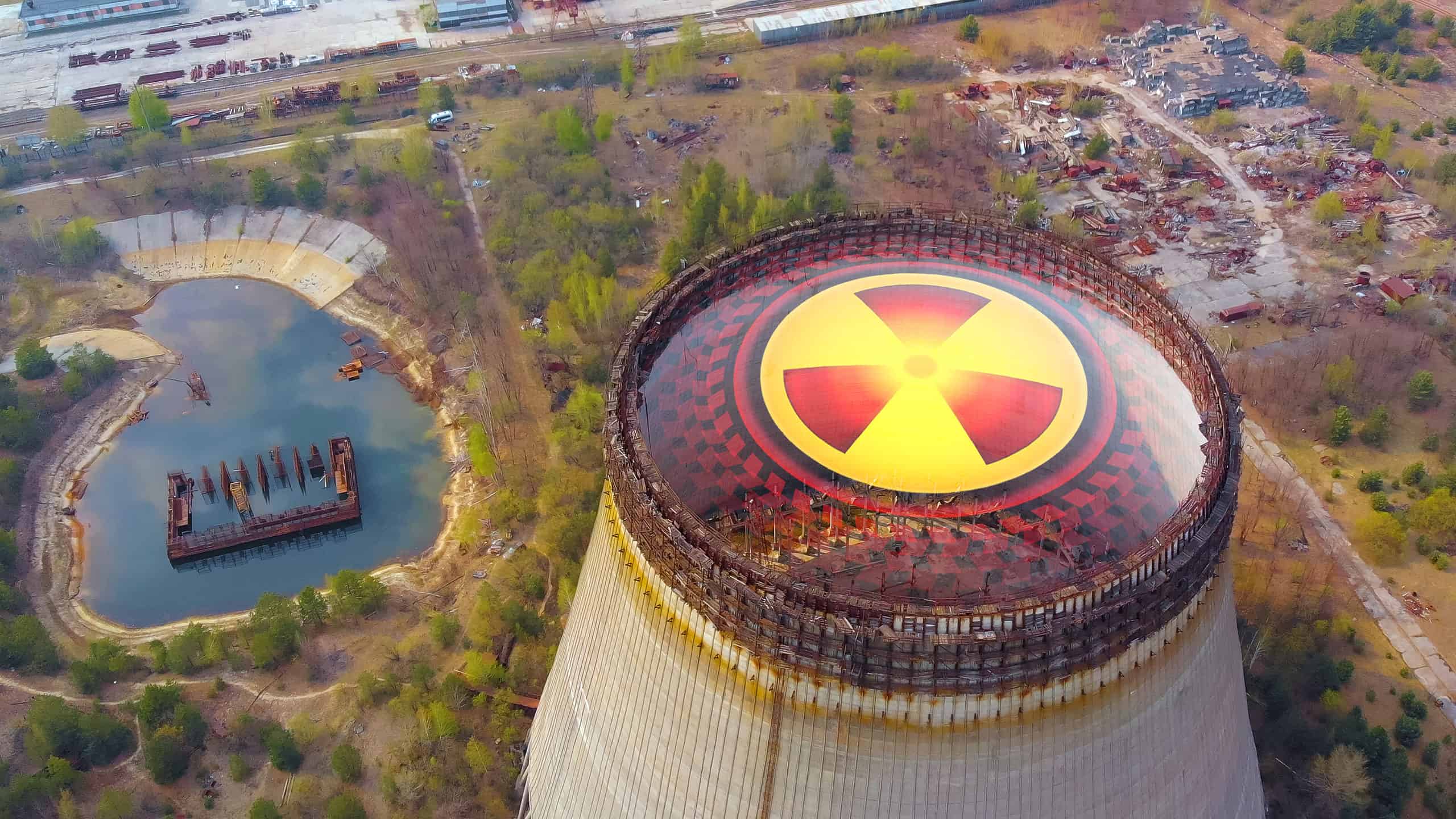Humans are responsible for some of the most disastrous events to ever happen on Planet Earth. It could be wars, oil spills, environmental destruction, or spewing radioactive material onto the earth and into the air. Throughout history, governments and people have spewed radioactive material into an area, either accidentally or on purpose. This affects not only the environment but people living in the surrounding areas, too.

Let’s take a look at the 13 most radioactive spots on the planet.
13. Fort d’Aubervilliers

Besides being one of the most radioactive places on Earth, Fort d’Aubervilliers is also a metro station in Paris.
©Dzyuba/iStock via Getty Images
The Fort d’Aubervilliers was a fortification that was used in the 1840s to defend the entry into Paris. Later on, during World War I, a workshop was installed to ensure artillery shells had toxic gas in them. This was the beginning of toxicity in the area. Later on in the 1920s and 1930s, French physicists Frederic and Irene Joliot-Curie conducted radioactive studies using salts of radium 226 at the fort. Years later, the army also conducted nuclear tests at the fort to see if they could use them in Algeria. Decontamination started in 1990, however, there continues to be some radioactivity in the area. So much so, there are increased rates of cancer in the surrounding area.
12. McGuire Air Force Base
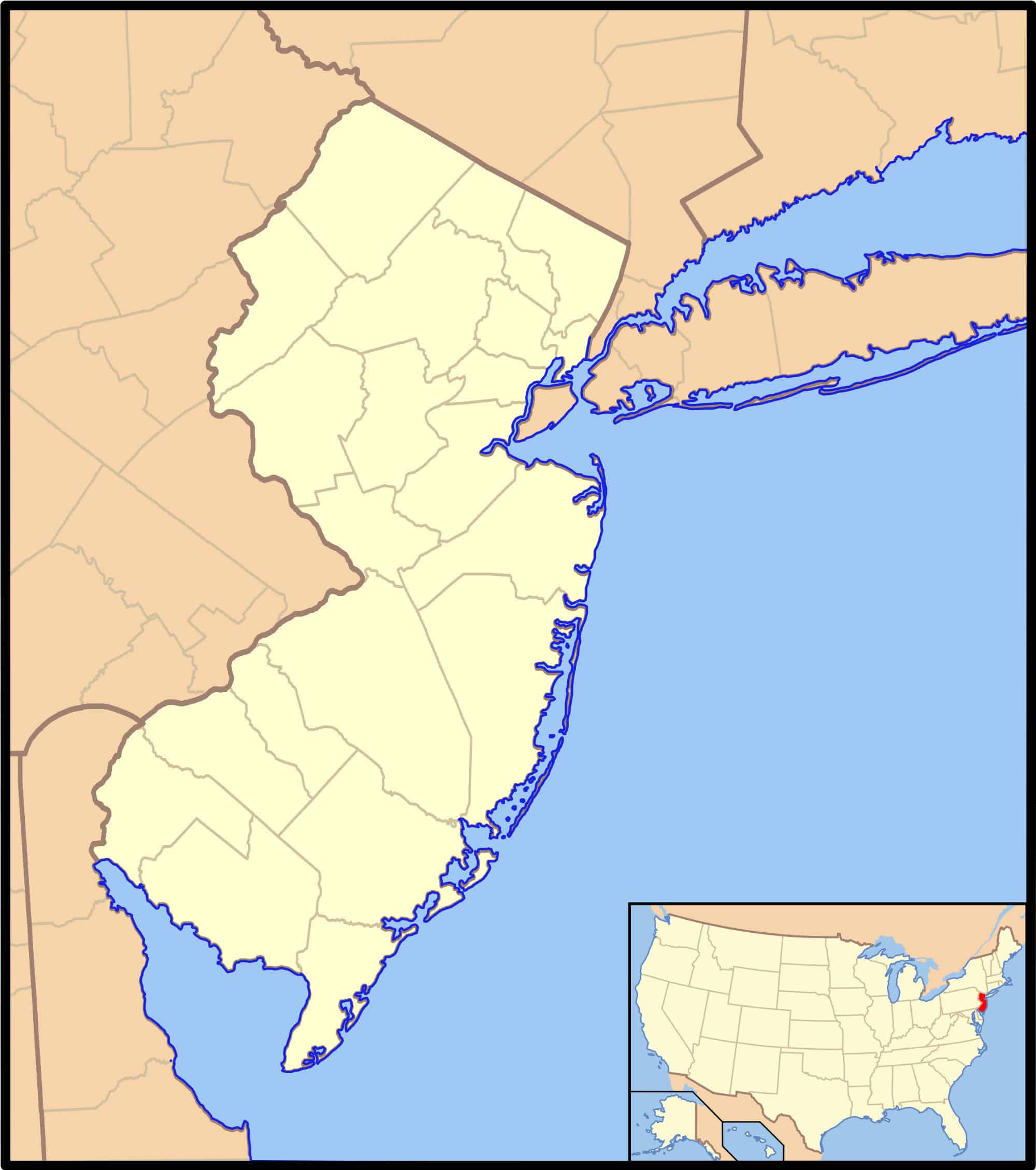
The air base is located in Burlington County in southern New Jersey.
©National Atlas of the United States / Public domain - Original / License
We’re talking specifically about a site within the Air Force Base called BOMARC Site RW-01. The EPA has stated that it is one of the most contaminated bases in the US. The reason? In June 1960, a fire destroyed a nuclear warhead missile, which in turn released radioactive plutonium into the environment. It is said that the plutonium spread for more than seven acres. In 2007, the EPA ordered a cleanup of all the hazardous waste, but radioactivity still lingers.
11. Church Rock Uranium Mill
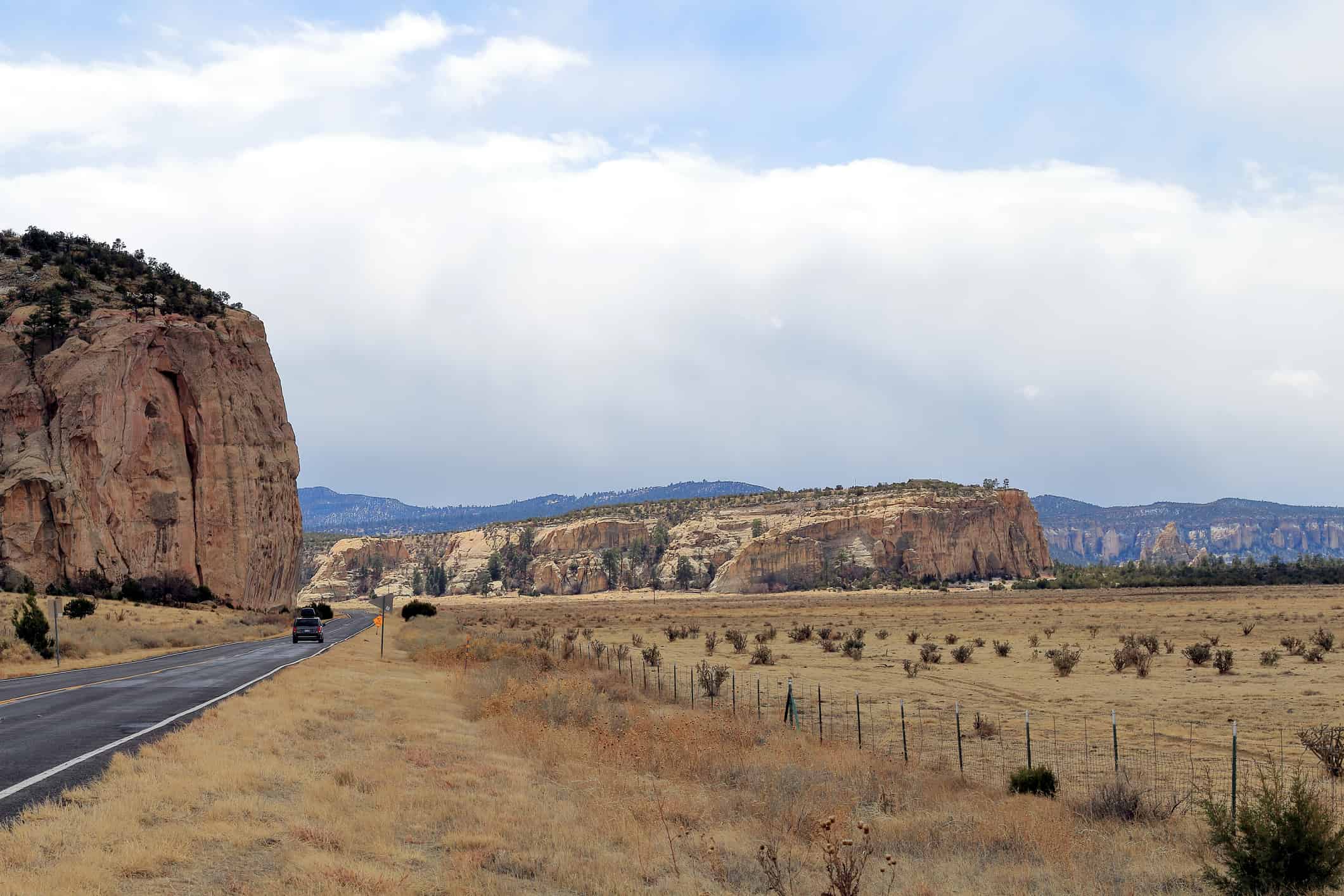
The Church Rock Uranium Mill is located in Gallup, New Mexico.
©Faina Gurevich/iStock via Getty Images
On July 16, 1979, the United Nuclear Corporation had a dam filled with uranium that broke and accidentally spilled the radioactive waste into the area. It is considered the largest release of radioactive waste in United States history. To make matters worse, the dam is located near tribal lands and the river that passed through that was used for groundwater became contaminated. Cleanup efforts have been ordered and are still taking place, after more than 40 years.
10. Instituto Goiano de Radioterapia

The thieves who stole the radioactive device thought they could sell it for scraps.
©Erich Sacco/iStock via Getty Images
On September 13, 1987, a radiotherapy capsule containing 93 grams of cesium chloride was stolen from an abandoned hospital. This device went through many different hands which led to four deaths. Once the government found out, it was discovered that 249 people were contaminated with radioactive material. There was a cleanup afterward to remove the topsoil and demolish several houses known to have more than healthy radioactive levels.
9. Sellafield, United Kingdom

Sellafield is located in northwestern England and is used as a government nuclear processing waste site.
©Mark Duffy/iStock via Getty Images
After the nuclear waste site was built by the UK government in Sellafield, it was reported that the nuclear plant released 2.1 billion gallons of radioactive waste into the adjacent sea. In 1957, things got worse and a huge fire destroyed part of the plant and it released radioactive fumes into the air. To this day, the accident is the worst nuclear accident in the UK, which killed many animals and caused people to have respiratory and other malicious health problems.
8. Kyshtym Disaster
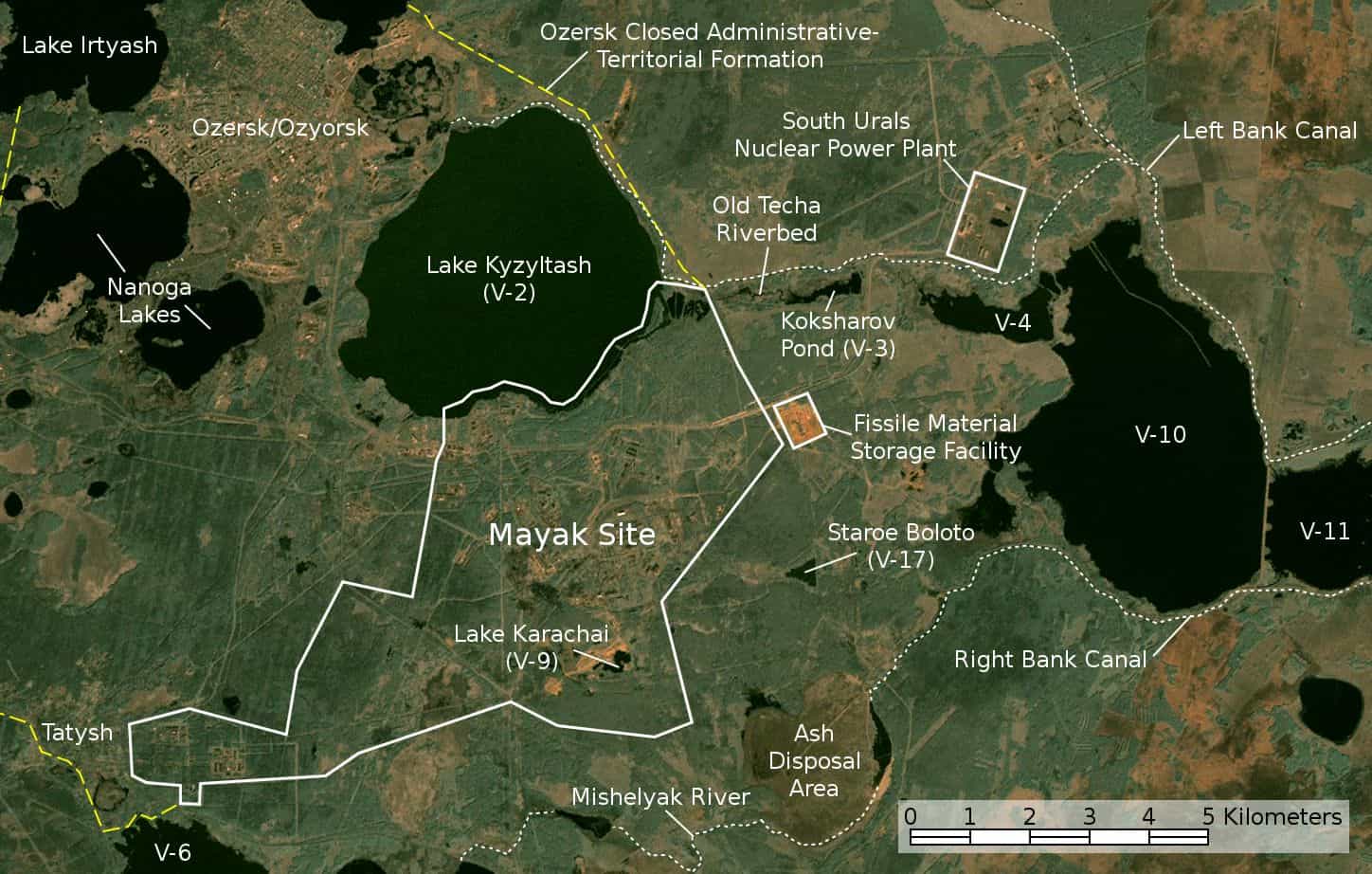
The Kyshtym Disaster is considered the third-worst nuclear disaster in the world.
©NASA, Jan Rieke (color correction, borders and labels) / This work is based on a work in the public domain. It has been digitally enhanced and/or modified. This derivative work has been (or is hereby) released into the public domain by its author, JanRieke. This applies worldwide. - Original
The Mayak complex was one of the USSR’s nuclear power plants for plutonium production. In 1957, there was an explosion that released over 80 tons of radioactive fumes into the air. The fumes spread outward for thousands of miles. Although the explosion happened in 1957, the Soviet government covered it up until the late 1970s. The disaster still affects the surrounding areas because the water supply from Lake Karachay continues to be contaminated.
7. The Polygon
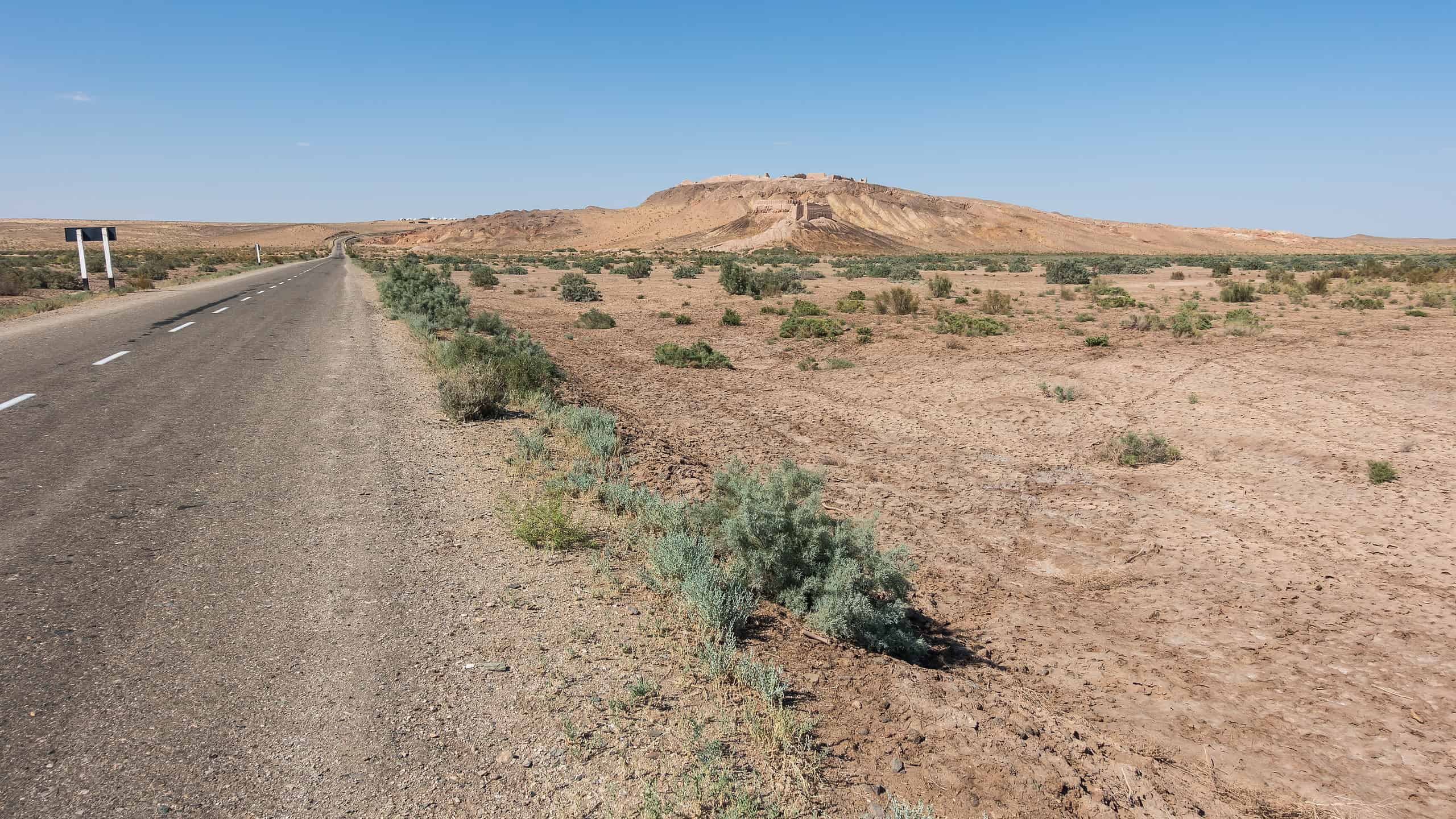
The testing site is located in the northeastern part of Kazakhstan.
©iStock.com/font83
The Soviet Union used The Polygon in Semipalatinsk, Kazakhstan as a nuclear testing site for 40 years. In those four decades, over 400 nuclear weapons were tested in the area. Because of this, the surrounding area around the testing site is considered uninhabitable. The only problem is that throughout these decades, there have been hundreds of thousands of people living in the area. More than 200,000 people are suspected to have been exposed to radiation.
6. Zapadnyi Mining and Chemical Combine

The town of Mailuu-Suu has about 25,000 people and is one of the poorest towns in the country.
©Nataliia Nikolenko/iStock via Getty Images
For more than 20 years, the Soviet Union used this site to produce uranium. The town of Mailuu-Suu, however, was one of the government’s “secret cities” for many years. The waste of the uranium was buried throughout the area and much of it was also left in the grounds. Because of this, the surrounding areas are one of the most radioactive spots in the country and the world. The uranium has even contaminated the waterways nearby.
5. Siberian Chemical Combine
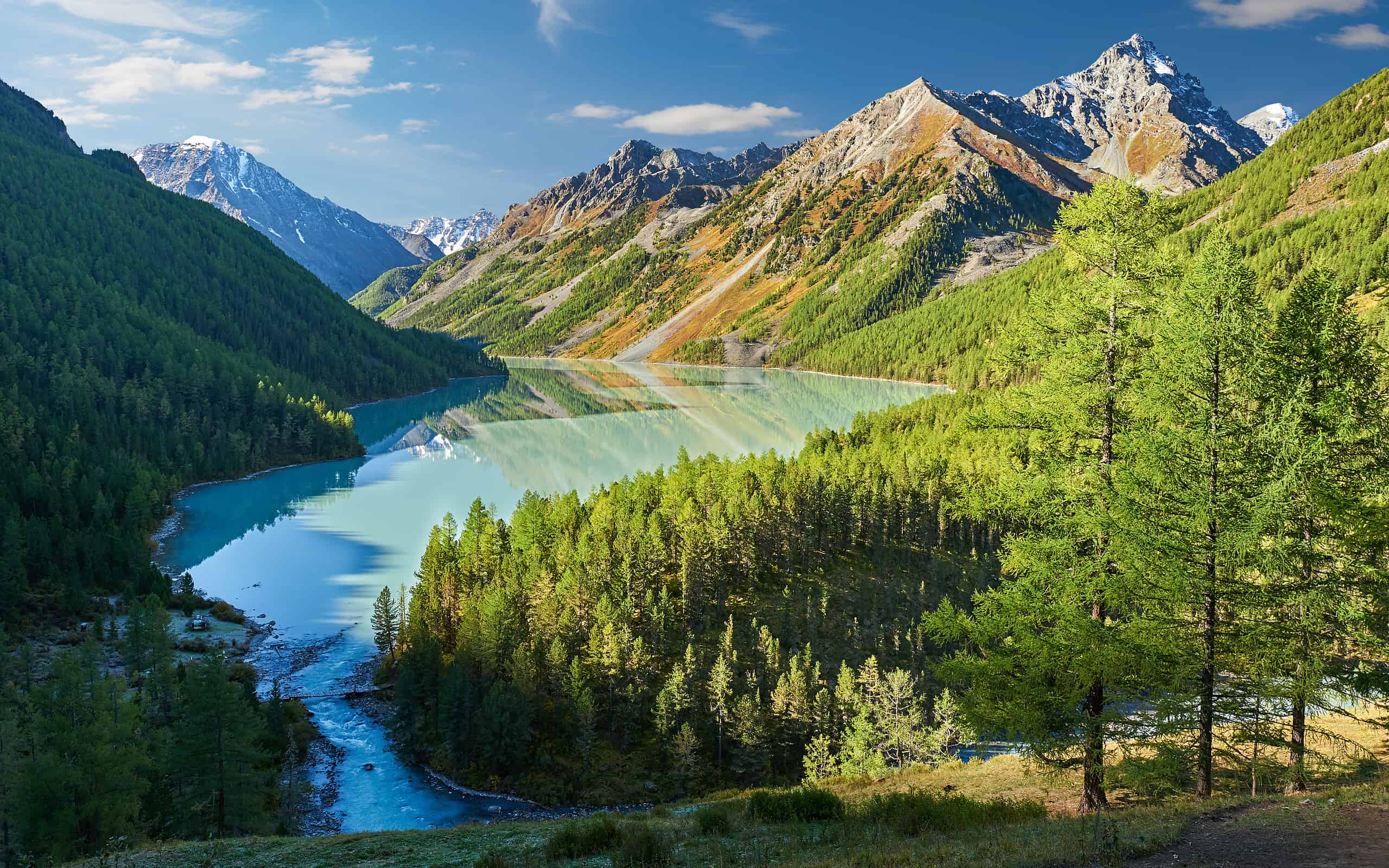
Seversk, Russia, where the nuclear site is located, is in Siberia.
©Yuri Taranik/ via Getty Images
Located in Seversk, Russia, the Siberian Chemical Combine is a nuclear production site. During the Cold War, the Soviet Union manufactured plutonium and uranium, but now it just stores nuclear materials. Nevertheless, the waste is buried below ground, which has made the surrounding area contaminated with radioactivity.
4. Somali Coast
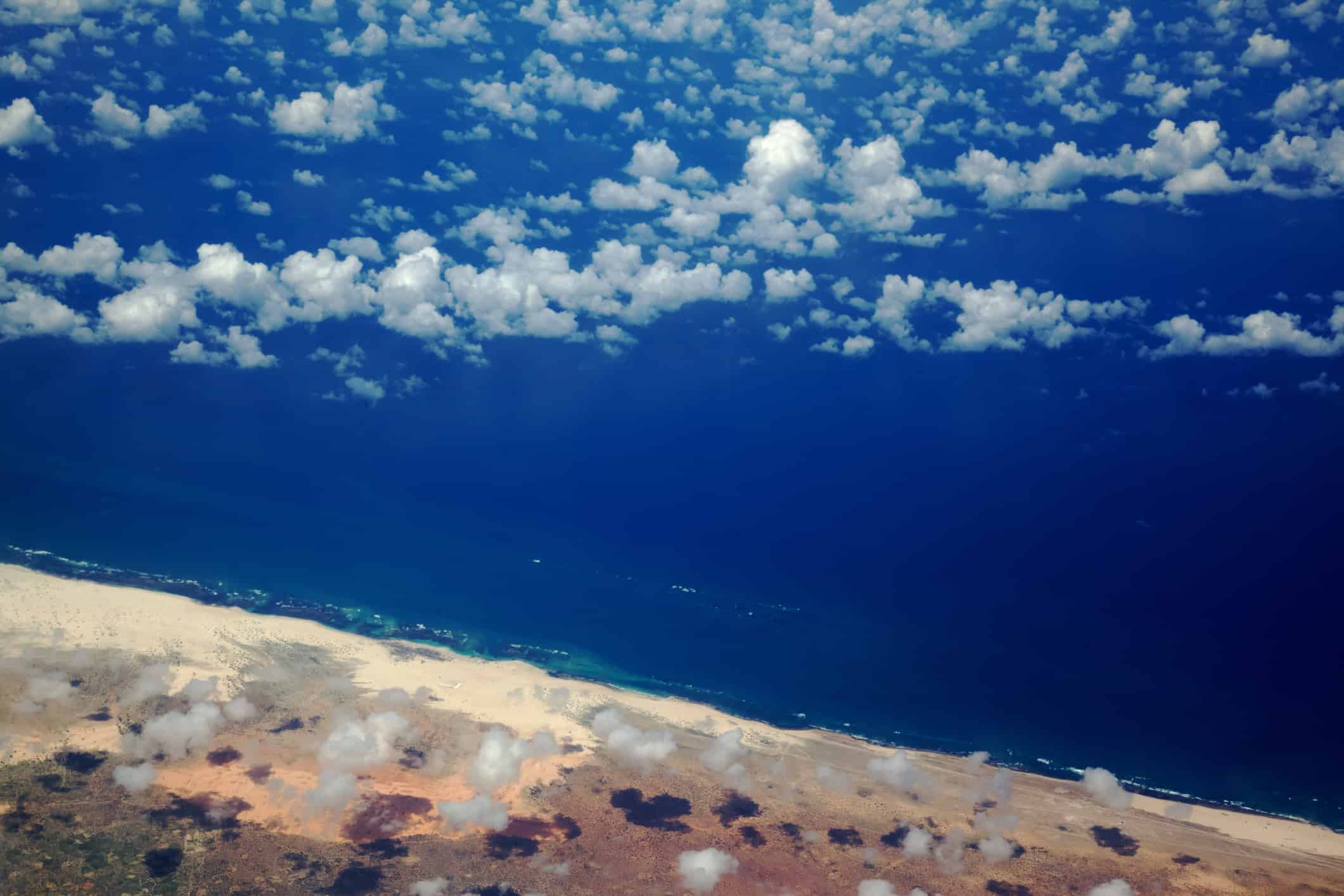
Besides rampant nuclear waste, the Somali coast is also home to many Somalian pirates.
©ZambeziShark/iStock via Getty Images
It is estimated that there are 600 barrels of radioactive waste off the Somali coast. It had been said that Italian and Swiss companies had been dumping nuclear waste off the coast for decades. After the 2004 Tsunami that happened in the Indian Ocean, some barrels were washed up on shore containing nuclear waste.
3. Hanford Site

The Hanford Nuclear Site is located in Washington State.
Hanford is the main plant for manufacturing plutonium in the country. It also stockpiled nuclear weapons during the Cold War. The plutonium that was made here was responsible for the nuclear bomb that was dropped on Nagasaki in 1945. The nuclear waste from the site was buried underground, but unfortunately, the groundwater in the surrounding areas was contaminated.
2. Fukushima Disaster
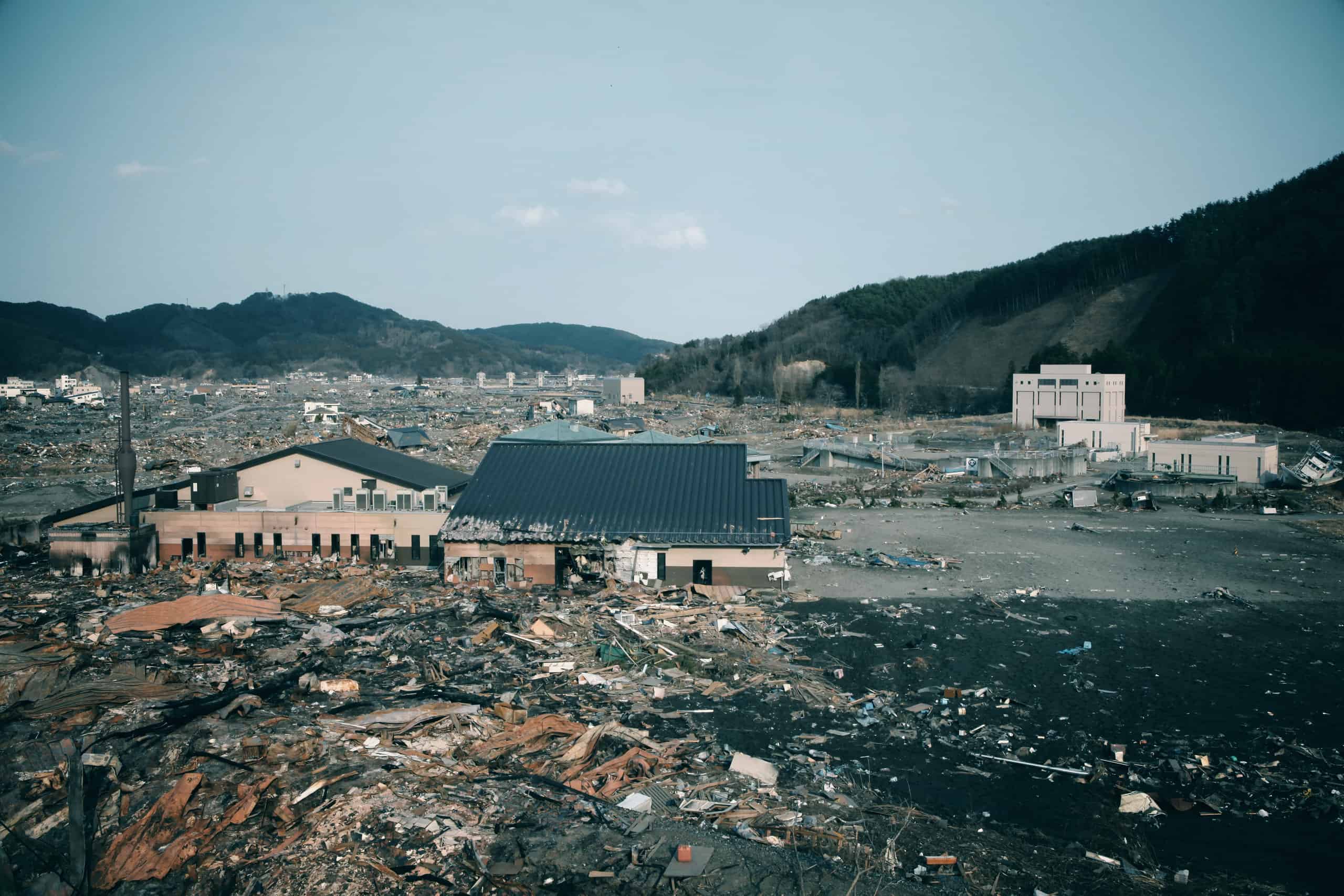
The Fukushima Plant disaster is considered the second worst nuclear waste disaster in world history.
©Fly & Dive/Shutterstock.com
In 2011, there was a 9.1 magnitude earthquake that hit the coast of Japan, which caused the Fukushima Nuclear Power Plant to be destroyed. The power plant was supposed to shut down to avoid any catastrophic disaster, but that shutdown failed and the power plant exploded. The fumes contaminated the air, and leaks from other reactors spilled onto the water and into the Pacific Ocean. The radioactive spills continue to be cleaned up to this day.
1. Chornobyl Disaster

The Chornobyl Nuclear Plant fire is perhaps known as the worst nuclear waste disaster in world history.
©Lux3000/Shutterstock.com
In April 1986, after a safety test failed at the Chornobyl Nuclear Plant in Pripyat, Ukraine, a fire occurred in one of the reactors. The fire led to an explosion that sent radioactive fumes into the air. These fumes spread all over Eastern Europe, with Ukraine and Belarus being the biggest casualties.
The World Health Organization estimates that more than 5 million people were exposed to radiation. The surrounding areas of the plant continue to have high radiation and the people that lived there at the time have succumbed to cancers and other illnesses. In the aftermath, the Soviet government tried to cover up the disaster, but later retracted and had to acknowledge the problem. They also tried to cover up their knowledge that the plant was dangerous.
Summary of Most Radioactive Spots on the Planet
| Rank | Radioactive Spot | Location |
|---|---|---|
| 13 | Fort d’Aubervilliers | Paris, France |
| 12 | McGuire Air Force Base | Burlington County, New Jersey |
| 11 | Church Rock Uranium Mill | Gallup, New Mexico |
| 10 | Instituto Goiano de Radioterapia | Goias, Brazil |
| 9 | Sellafield | Sellafield, United Kingdom |
| 8 | Kyshtym Disaster | Mayak, Russia |
| 7 | The Polygon | Semipalatinsk, Kazakhstan |
| 6 | Zapadnyi Mining and Chemical Combine | Mailuu-Suu, Kyrgyzstan |
| 5 | Siberian Chemical Combine | Seversk, Russia |
| 4 | Somali Coast | Somalia |
| 3 | Hanford Site | Washington State |
| 2 | Fukushima Nuclear Power Plant | Japan |
| 1 | Chornobyl | Pripyat, Ukraine |
Thank you for reading! Have some feedback for us? Contact the AZ Animals editorial team.

